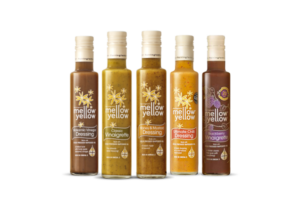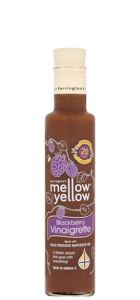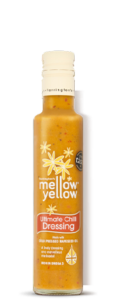Stuart has worked as Farm Manager at Farrington Oils for 2 years. Growing up on a dairy and arable farm in Staffordshire, he learnt his craft under the guidance of his father: a passionate advocate for integrated farming methods that improve habitats, support wildlife-friendly farming, and promote soil health.
Having worked at various farms during his career so far, Stuart has gained a diverse set of agricultural skills that he now applies here at Bottom Farm, a LEAF Marque certified site. And his nature-first focus is perfectly aligned with our commitment to sustainable agriculture and low-impact farming practices. We sat down with him to find out more about his role.
What does a typical day look like for you?
As well as helping to sow, nurture and harvest the rapeseed for our Mellow Yellow oil, I’m responsible for crop management, combining and drilling, agricultural machinery repairs, building maintenance, purchases and sales. It’s a hands-on role that blends traditional farming techniques with modern sustainable farming tools.
When did you gain an interest in regenerative farming?
Every farming job I’ve had has taught me new skills, but something always sat wrong with me. I couldn’t help thinking — if all the cultivation, sterile fields, over (and under) managed hedges, and synthetic additives were good, then where is the nature?
It wasn’t until I started working with Duncan that I fully embraced regenerative farming practices. We began implementing nature-friendly methods that prioritise sustainability, biodiversity, soil regeneration, and habitat restoration — and I haven’t looked back.
What’s the best part of your role as Farm Manager?
That I’m trusted to run the farm independently. I have support when needed, but being able to manage operations — from seasonal crop planning to equipment upkeep — suits me perfectly. It’s a rewarding balance of autonomy and teamwork.
And the biggest challenge?
Learning the quirks of the land and trying to absorb decades of the owners’ experience in just a few short seasons. I’d also be doing farmers everywhere a disservice if I didn’t mention the weather — the one factor that never stops challenging us, especially when it comes to soil moisture and harvest timing.
Fondest memory?
At the end of my first drilling season in October 2023, I’d just finished the final field and was packing up the drill as Duncan completed the last of the harrowing behind me. The rain began with only two runs left — but we pushed through and got it done. Remarkably, it didn’t dry up again until the following March. That moment captured the resilience and rhythm of British farming life.
How has this year been on the farm?
A lack of soil moisture, combined with prolonged dry and sunny conditions, led to one of our poorest wheat harvests to date. Still, there’s a silver lining — we’ve completed all the drilling, and the first shoots are now breaking through the soil. As for what lies ahead between now and harvest 2026? Who knows. But whatever the season brings, we’ll get the grain in the sheds and do it all again, just as we always do.

 Oils
Oils Rapeseed Oil
Rapeseed Oil Chili Oil
Chili Oil Dressings
Dressings Blackberry Vinaigrette
Blackberry Vinaigrette Classic Vinaigrette
Classic Vinaigrette Balsamic Dressing
Balsamic Dressing Honey & Mustard
Honey & Mustard Ultimate Chilli Dressing
Ultimate Chilli Dressing




